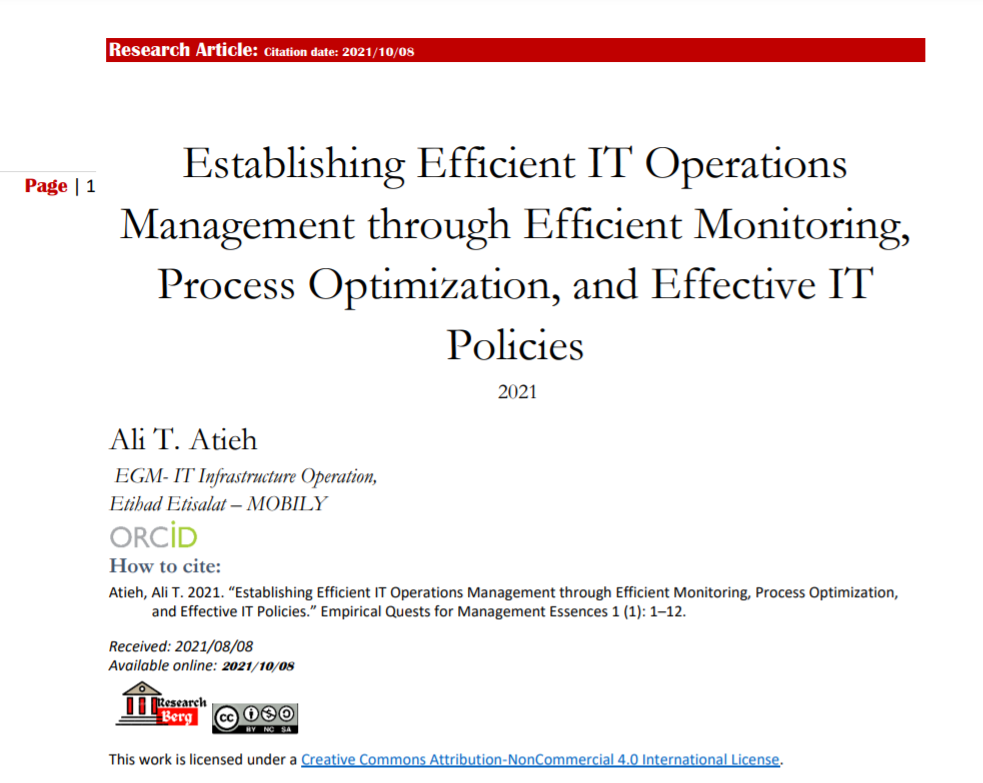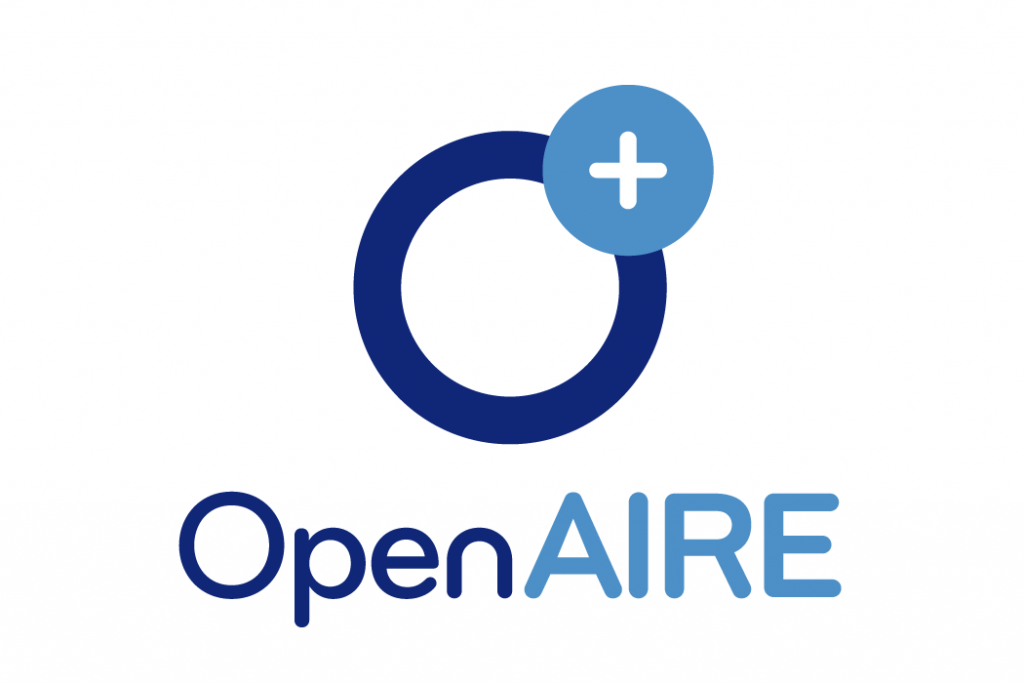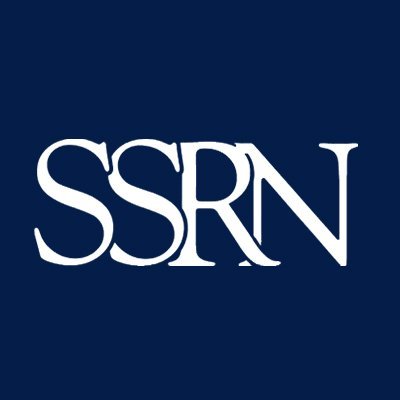Establishing Efficient IT Operations Management through Efficient Monitoring, Process Optimization, and Effective IT Policies
Keywords:
IT infrastructure, IT Monitoring, IT Operations Management, IT Policies, Process OptimizationAbstract
Every organization is becoming increasingly reliant on IT that is available, dependable, secure, and high-performing. The ability of an IT team to run its operations efficiently is directly and completely contingent on its ability to deliver resilient IT. The IT team must be able to identify, prioritize, execute, and manage the processes that drive operational tasks and activities in particular. IT teams may reach such goals more efficiently and consistently with the help of effective IT Operation Management processes and solutions. This research attempts how efficiency can be attained. More specifically, we focus on three broad components of efficient IT Operation management: 1) efficient monitoring 2) process optimization 3) and effective IT policies. IT infrastructure monitoring enables the detection of security threats and the resolution of operational issues before they cause harm to clients. We find that there are three significant practices to achieve efficient monitoring. They are: Organizing and Prioritizing Alerts, Providing Processed Data in a Dashboard, and Selecting a Trustworthy Vendor Partner. We also find that there are four challenges in IT infrastructure monitoring: It is sometimes necessary to take a proactive approach; after all, that's what monitoring is all about. Here are some of the most typical monitoring difficulties that businesses, in general, and IT departments, in particular, face: Being beyond monitoring capacity, the ineffectiveness of outdated monitoring applications, increasing prices, and data capacity. IT process optimization technique identifies the most appropriate ways of satisfying an organization's technological and informational needs on a proactive (and non-responsive) basis, with the main goal of supporting it in the long-term development of value. This research also explains discusses forming efficient IT policies such as policies for IT emergency intervention and disaster recovery, Security policies for IT infrastructure. Efficient IT policies provide information technology transparency for individuals in a business. IT policies assist to counter risks and manage risk while assuring that operations are efficient, effective, and consistent.
References
Atieh, A. T. (2021a) ‘Assuring the Optimum Security Level for Network, Physical and Cloud Infrastructure’, Rsearchberg Review of Science and Technology, 1(1), pp. 15–30. Available at: https://researchberg.com/.
Atieh, A. T. (2021b) ‘The Next Generation Cloud technologies: A Review On Distributed Cloud, Fog And Edge Computing and Their Opportunities and Challenges’, ResearchBerg Review of Science and Technology, 1(1), pp. 1–15. Available at: https://researchberg.com/.
Bacelar, M. (2021) ‘Monitoring bias and fairness in machine learning models: A review’, ScienceOpen Preprints.
Barafort, B., Di Renzo, B. and Merlan, O. (2002) ‘Benefits resulting from the combined use of ISO/IEC 15504 with the Information Technology Infrastructure Library (ITIL)’, in International conference on product focused software process improvement. Springer, pp. 314–325.
Barth, W. (2008) Nagios: System and network monitoring. No Starch Press.
Boynton, A. C., Zmud, R. W. and Jacobs, G. C. (1994) ‘The influence of IT management practice on IT use in large organizations’, MIS quarterly, pp. 299–318.
Del Castillo, E. (2007) Process optimization: a statistical approach. Springer Science & Business Media.
Commerce, G. B. O. of G. and Staff, O. of G. C. (2002) ICT Infrastructure Management. Stationery Office (IT infrastructure library). Available at: https://books.google.nl/books?id=K9DXQgAACAAJ.
Dabade, T. D. (2012) ‘Information technology infrastructure library (ITIL)’, in Proceedings of the 4th National Conference, pp. 25–26.
Gil-García, J. R. (2004) ‘Information technology policies and standards: A comparative review of the states’, Journal of Government Information, 30(5–6), pp. 548–560.
Goguen, J. A. and Meseguer, J. (1982) ‘Security policies and security models’, in 1982 IEEE Symposium on Security and Privacy. IEEE, p. 11.
Hernantes, J., Gallardo, G. and Serrano, N. (2015) ‘IT infrastructure-monitoring tools’, IEEE Software, 32(4), pp. 88–93.
Jain, S. and Chandrasekaran, K. (2020) ‘Industrial automation using internet of things’, in Security and privacy issues in sensor networks and IoT. IGI Global, pp. 28–64.
Lee, S., Levanti, K. and Kim, H. S. (2014) ‘Network monitoring: Present and future’, Computer Networks, 65, pp. 84–98.
Levinson, D. M. (2000) ‘Monitoring infrastructure capacity’.
Liu, X. et al. (2020) ‘Using Language Models to Pre-train Features for Optimizing Information Technology Operations Management Tasks’, in International Conference on Service-Oriented Computing. Springer, pp. 150–161.
Marinakis, V. et al. (2015) ‘Advanced ICT platform for real-time monitoring and infrastructure efficiency at the city level’, in 2015 6th International Conference on Information, Intelligence, Systems and Applications (IISA). IEEE, pp. 1–5.
Mayer, B. and Weinreich, R. (2017) ‘A dashboard for microservice monitoring and management’, in 2017 IEEE International Conference on Software Architecture Workshops (ICSAW). IEEE, pp. 66–69.
Özer, Ö. and Zheng, Y. (2017) ‘Establishing trust and trustworthiness for supply chain information sharing’, in Handbook of information exchange in supply chain management. Springer, pp. 287–312.
Pilorget, L. and Schell, T. (2018) IT Management. Springer.
Pyötsiä, J. (2005) ‘ICT opportunities and challenges for remote services’, in IFIP Working Conference on Industrial Applications of Semantic Web. Springer, pp. 213–225.
Rahimi, F., Møller, C. and Hvam, L. (2016) ‘Business process management and IT management: The missing integration’, International Journal of Information Management, 36(1), pp. 142–154.
Sabeur, Z. et al. (2017) ‘Large scale surveillance, detection and alerts information management system for critical infrastructure’, in International Symposium on Environmental Software Systems. Springer, pp. 237–246.
Santoro, G. et al. (2018) ‘The Internet of Things: Building a knowledge management system for open innovation and knowledge management capacity’, Technological forecasting and social change, 136, pp. 347–354.
Schneider, F. B. (2000) ‘Enforceable security policies’, ACM Transactions on Information and System Security (TISSEC), 3(1), pp. 30–50.
Shaheen, M. Y. (2021a) ‘Adoption of machine learning for medical diagnosis’.
Shaheen, M. Y. (2021b) ‘AI in Healthcare: medical and socio-economic benefits and challenges’.
Shaheen, M. Y. (2021c) ‘Applications of Artificial Intelligence (AI) in healthcare: A review’.
Soomro, T. R. and Hesson, M. (2012) ‘Supporting best practices and standards for information technology Infrastructure Library’, Journal of Computer Science, 8(2), p. 272.
Srinivasan, R. and Parlikad, A. K. (2013) ‘Value of condition monitoring in infrastructure maintenance’, Computers & Industrial Engineering, 66(2), pp. 233–241.
Ward, P. and Smith, C. L. (2002) ‘The development of access control policies for information technology systems’, Computers & Security, 21(4), pp. 356–371.

Downloads
Published
How to Cite
Issue
Section
License

This work is licensed under a Creative Commons Attribution-NonCommercial-NoDerivatives 4.0 International License.
Creative Commons licenses are used to publish Open Access articles, which provide the legal basis for users to access, distribute, and reuse the content. EQME allows authors to apply one of the following Creative Commons licenses to their work, each of which affords readers distinct rights in terms of commercial use and the capacity to create derivative versions:
CC-BY (Creative Commons Attribution License)
CC-BY-NC-ND (Creative Commons Non-Commercial No Derivatives License)
CC-BY-NC-SA (Creative Commons Non-Commercial Share-a-like)
In each situation, the creator must be given credit, and if derivative versions of the work are created, the alterations must be noted.






